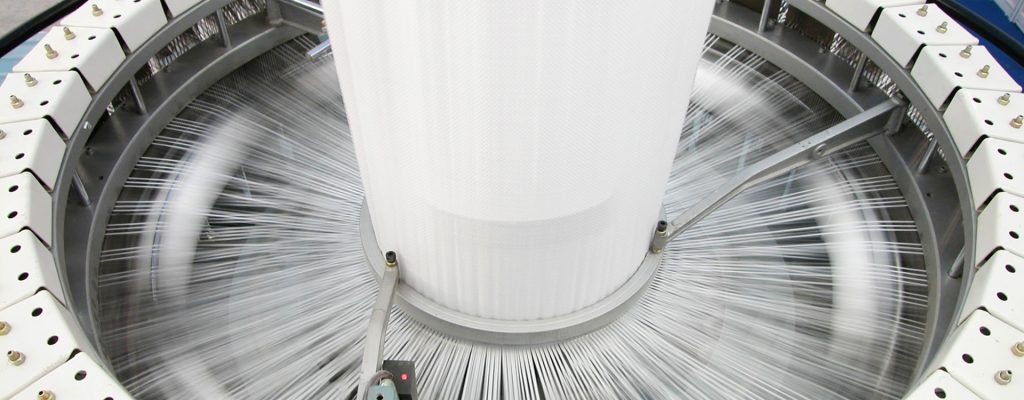
- 1. The Critical Role of PP Bags in Feed Preservation and Logistics
- 2. Design Customization for Specific Feed Requirements
- 3. Technical Insights: Material Science and Manufacturing
- 4. Client-Centric Solutions: FAQs and Decision Frameworks
- 5. VidePak’s Competitive Edge: Scale, Technology, and Sustainability
- 6. Future Trends: Smart and Sustainable Innovations
- Conclusion
“Why do 78% of feed manufacturers prioritize specialized PP bags over traditional packaging?” asked a logistics manager at a recent agricultural conference. The answer lies in their unmatched durability, adaptability to environmental challenges, and compliance with modern sustainability standards. Polypropylene (PP) woven bags are no longer just containers—they are engineered solutions that protect feed quality, optimize storage, and enhance brand visibility. This report dissects critical design considerations, from breathability to antimicrobial properties, and demonstrates how VidePak’s 30+ years of expertise positions it as a global leader in feed packaging innovation.
1. The Critical Role of PP Bags in Feed Preservation and Logistics
Livestock and poultry feed packaging must address three core challenges: moisture control, contamination prevention, and logistical efficiency. PP woven bags excel due to their:
- High tensile strength: With warp/weft tensile resistance exceeding 1,500 N/5 cm, they withstand rough handling during transport and stacking heights up to 6 meters.
- Customizable barrier properties: Laminates like BOPP or aluminum foil composites block oxygen, pests, and humidity, preserving feed nutritional value for 12–18 months.
- Sustainability: 100% recyclable PP reduces landfill waste, aligning with global ESG mandates such as the EU Packaging Directive 2025.
VidePak’s production of 100 million bags annually, using Austrian Starlinger looms and virgin PP resin, ensures consistent quality for clients like Tyson Foods and Cargill.
2. Design Customization for Specific Feed Requirements
Four Functional Designs and Their Applications
| Design | Key Features | Use Case |
|---|---|---|
| Breathable | Micro-perforations (0.5–2 mm pores) | Grain storage to prevent mold via airflow |
| Barrier | BOPP/PE laminates or aluminum foil liners | High-moisture regions (e.g., Southeast Asia) |
| Anti-static | Carbon fiber additives (surface resistivity <10^9 Ω) | Feed mills with combustible dust risks |
| Antimicrobial | Silver-ion coatings or PP blended with triclosan | Organic feed to prevent bacterial growth |
Case Study: In 2024, VidePak supplied 500,000 anti-static bags to a U.S. poultry feed producer, reducing electrostatic discharge incidents by 90% and complying with OSHA standards.
3. Technical Insights: Material Science and Manufacturing
Why PP Dominates Feed Packaging?
- Virgin PP resin: Ensures uniform weaving (12×12 threads/cm²) and FDA compliance for direct food contact.
- Lamination technologies: Co-extrusion lines apply 3-layer barriers (e.g., PP/PE/aluminum) with <0.1% moisture permeability.
VidePak’s 30+ printing machines enable 10-color rotogravure prints for QR codes, safety icons, and brand logos. A matte finish option reduces glare for automated scanning systems, improving warehouse efficiency by 20%.
4. Client-Centric Solutions: FAQs and Decision Frameworks
Q1: When to choose breathable vs. barrier designs?
A: Breathable bags suit dry climates or grains requiring airflow (e.g., corn), while barrier bags are mandatory for humid regions or protein-rich feeds prone to spoilage.
Q2: How does anti-static PP enhance safety?
A: Carbon-infused PP dissipates static electricity, critical in facilities with dust explosion risks (NFPA 654 compliance).
Q3: Are antimicrobial coatings FDA-approved?
A: VidePak’s silver-ion treatments meet FDA 21 CFR 175.300 for indirect food contact, ensuring non-toxic protection.
5. VidePak’s Competitive Edge: Scale, Technology, and Sustainability
Founded in 2008, VidePak merges legacy expertise with cutting-edge infrastructure:
- Production capacity: 100+ Starlinger circular looms and 16 extrusion lines yield 3,000+ metric tons of PP fabric monthly.
- Customization: From UV-resistant inks to RFID-enabled smart bags for traceability, tailored to client ERP systems.
- Global compliance: Certifications include ISO 9001, BRCGS, and EU REACH, critical for exporters to Europe and North America.
A 2023 project with a Brazilian feed mill showcased VidePak’s aluminum foil-lined bags, reducing mycotoxin contamination by 45% in high-humidity storage.
6. Future Trends: Smart and Sustainable Innovations
- Biodegradable PP: Partnerships with BASF aim to launch 30% bio-based PP bags by 2026, reducing carbon footprint by 25%.
- IoT integration: QR codes linked to blockchain systems enable real-time feed quality monitoring, piloted in VidePak’s EU contracts.
- Self-healing films: Microcapsule technology repairs minor punctures, extending bag lifespan by 50%.
Conclusion
Choosing the right PP bag for feed packaging requires balancing functionality, compliance, and cost. VidePak’s mastery of breathable, barrier, anti-static, and antimicrobial designs—backed by Starlinger’s engineering and global certifications—ensures optimal feed preservation and brand growth. As sustainability and automation reshape logistics, VidePak remains at the forefront, proving that in feed packaging, innovation isn’t optional—it’s essential.
For deeper insights, explore sustainable PP bag solutions and advanced barrier technologies.